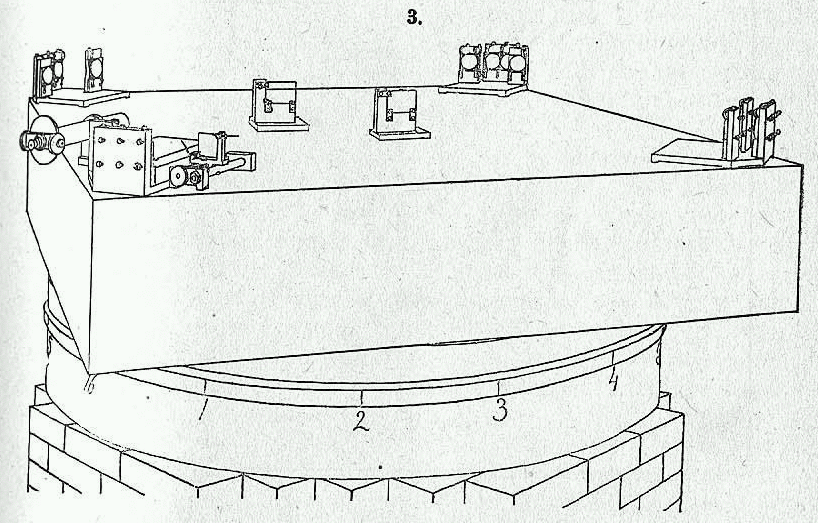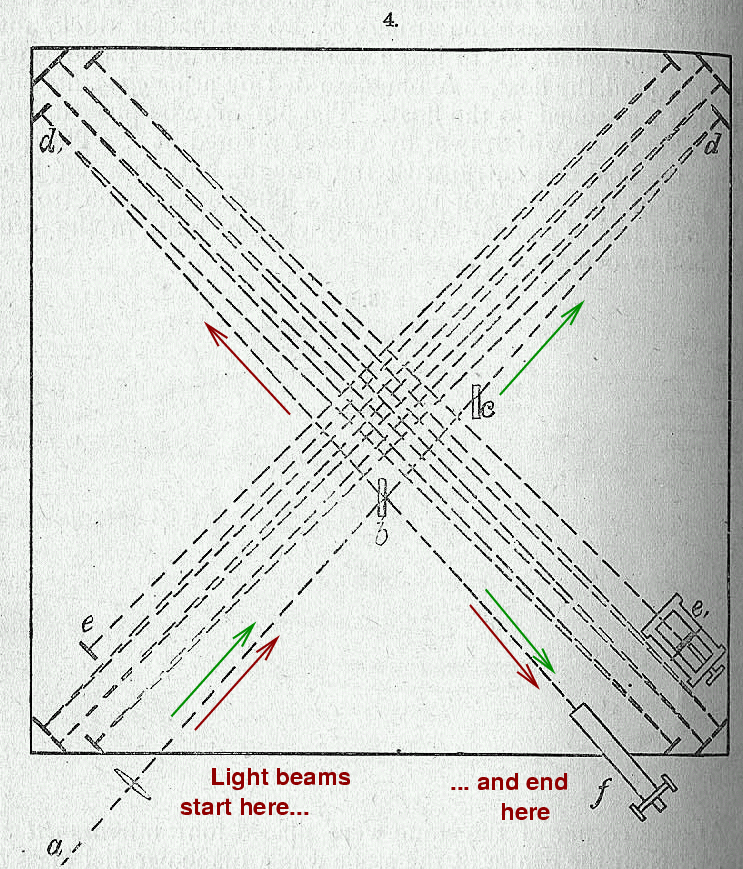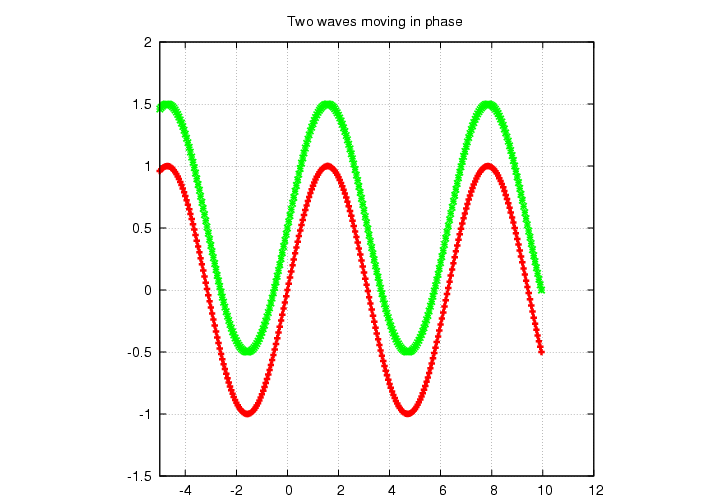
 Copyright © Michael Richmond.
This work is licensed under a Creative Commons License.
Copyright © Michael Richmond.
This work is licensed under a Creative Commons License.
As you probably already know, special relativity provides a new set of rules for dealing with objects which are moving at a significant fraction of the speed of light. For objects which are NOT moving so fast, such as
the "ordinary" rules apply. Scientists from the time of Kepler and Galileo, around 1600, formulated those "ordinary" rules, based on their observations of "ordinary" objects.
It was only three hundred years later, around 1900, that scientists began to realize that perhaps the "ordinary" rules didn't always work.
Q: Why? Why did the scientific
community wait three hundred years
before recognizing the need for
a special set of rules?
The answer is mundane: it wasn't until around 1900 that humans could control sources of objects moving at relativistic speeds, and, equally important, measure the properties of these sources.
Consider, for example, the humble electron, a very common projectile used in high-energy physics.
Q: Where can you find an electron?
Q: How can you accelerate it to
very high speeds?
Q: How can you measure the energy
of an electron?
It takes a lot of technology to work with electrons.
The equipment associated with electricity -- voltmeters, ammeters, magnetic coils, etc. -- are, of course, very handy for meausuring the properties of fast-moving electrons.
As you can see, it is no accident that the ideas of special relativity took form in the late 1800s and early 1900s. The entire collection of topics we now call modern physics was taking shape, and a fellow named Albert Einstein was one of the young scientists trying to figure out how the new experimental results fit together.
There was one experiment in particular which one might call "the birthplace of relativity." In 1887, American physicist Albert Michelson and chemist Edward W. Morley set up an apparatus on the campus of Case Western University to measure the speed of light; or, more accurately, to look for very small changes in the speed of light as it travelled in different directions. This Michelson-Morley experiment was pretty simple in theory -- though a real tour de force of technique -- so let's take a look at it in some detail.
The very surprising result of this experiment puzzled scientists for two decades, until Mr. Einstein explained it in a way that sets the very foundation of special relativity.
You can read the original paper by Michelson and Morley:
In the mid-nineteenth century, physicists knew that light often behaved like a wave. Scientists had studied many types of waves for a long time,
Q: Name three types of waves
other than light waves.
and they understood the properties of waves very well. One of the things they knew was that waves can only travel through a medium. For example, the sound waves coming out of my mouth are transmitted to your ears by the air in this room. If we removed all the air, then you wouldn't be able to hear me.
We can easily see and feel some materials which carry waves, such as water, copper, and air. But what substance carried light waves? Physicists didn't know, exactly, but they figured that there must be SOME sort of substance. They gave it a name: luminiferous ether, which means "the stuff which carries light waves."
As the Earth orbits around the Sun, it must run through the ether. That will cause an "ether wind" w near the Earth's surface, blowing in the direction opposite to the Earth's motion u.

The Michelson-Morley experiment was designed to measure the extra time it took a light beam to travel "there-and-back" against the ether wind, compared to a light beam travelling "sideways across" the ether wind. The set up a light source, mirrors, and a telescope on a big slab of stone:

A single beam of light was split into perpendicular paths and sent bouncing back and forth four times across the stone. The two beams were then re-combined before they entered the telescope.

The idea was that one of the two beams would travel just a little bit faster than the other, so that when it arrived at the telescope, it would be slightly ahead of the other beam. That means that if the two beams started out in phase, when they reached the telescope, they would be slightly out of phase.

By measuring the shift in phase between the two beams of light, and knowing the speed of light c, Michelson and Morley could calculate the unknown speed of the ether wind, w.
But when they performed their experiment, after several months of careful practice, they discovered a very puzzling result .....
In the experiment,
D = 11 m half-distance along each leg
8
v = 3 x 10 m/s speed of light
u = 30,000 m/s speed of Earth in orbit
Q: How long should it take light to
travel with-and-against the ether wind?
Q: How long should it take light to
travel across the ether wind?
Q: What should the difference in time
be for the two light beams?
 Copyright © Michael Richmond.
This work is licensed under a Creative Commons License.
Copyright © Michael Richmond.
This work is licensed under a Creative Commons License.